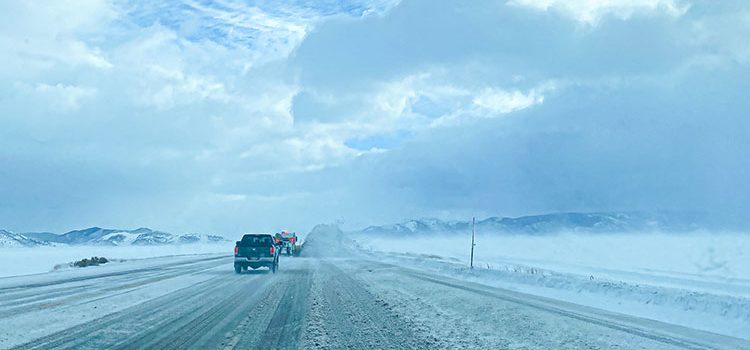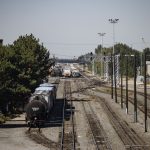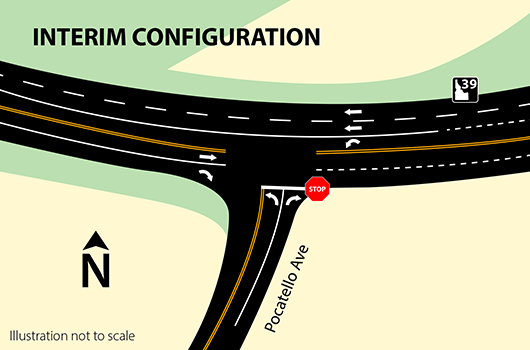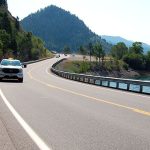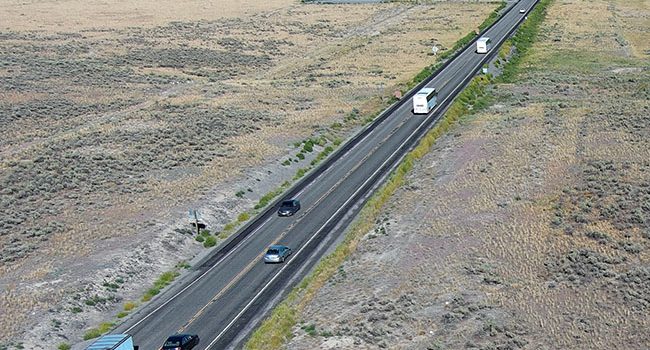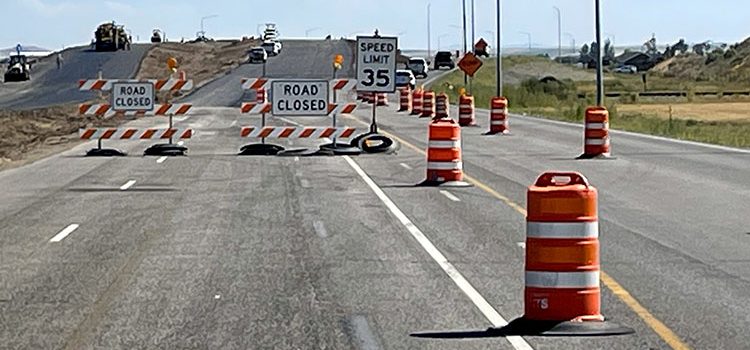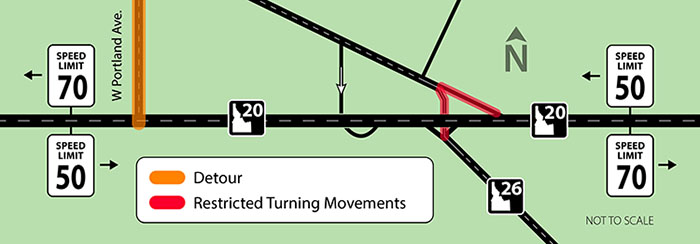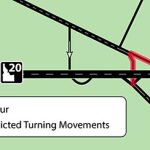Border Ops: ITD hosts Montana DOT for winter operations preview

ITD, MDT, DOT, ISP- there were a lot of letters, different job titles and laughter floating around the Island Park shed recently, as the Idaho Transportation Department hosted the Montana Department of Transportation for a partnership lunch.
The Ellis and West Yellowstone maintenance sheds, and others from Montana Butte District 2, joined ITD Ashton/Island Park foreman Ryan Wright and his crews on Wednesday, November 5. Many ITD leadership, including District Engineer Jason Minzghor, Engineering Manager Karen Hiatt, Engineering Manager Bryan Young, and Operations Engineer Jeremie Pettingill, participated as well. Island Park-stationed Idaho State Police trooper Braiden Hill also joined the group.
The get-together served to allow Operations divisions to meet face to face and discuss ways both states can continue to help each other plow snow, respond to wildfire closures, and much more at the border of the two states. The lunch marked the first time that many of those in attendance had met in person before.
This past summer, many of them spoke often as State Highway 87 was closed for response to the Horn Fire that burned nearly 3,000 acres.
Through laughter and casual conversation over good food, along with professional exchanges and discussion, MDT and ITD folks left better prepared for the winter and year ahead.
The Island Park area and corridor of US-20 to West Yellowstone receives one of the greatest and longest lasting amounts of snow in Idaho. The routes attract a huge influx of year-round recreationists and are lifelines to communities in both states.
This partnership lunch will continue to be held annually, with ITD intending to travel to Montana’s turf next year.




